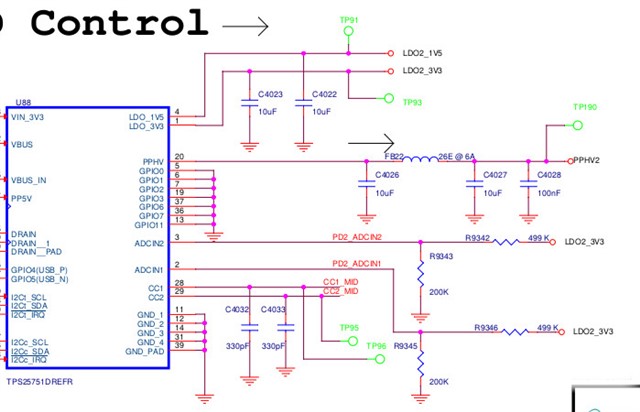Other Parts Discussed in Thread: BQ25798, , TPS25750
Tool/software:
Hi there,
We are using the TPS25751 together with the BQ25798 charger IC on a custom NXP-based board. The TPS25751 is configured to operate as both a source and a sink.
Our issue is that when running without a battery (battery not connected with board), the system shuts down immediately after loading the TPS25751 patch. With a battery connected, the system boots successfully. It seems the problem is related to the voltage switch that happens during fast charging.
Our requirement is that
1. Without battery connected : system should be able to boot from the USB-C power supply (through PD) even when no battery is connected.
2.With battery connected : system should support fast charging as expected.
Currently, if we do not load the TPS25751 configuration patch, the system powers up correctly without the battery.
Could you advise which configuration settings are required to support both no-battery operation and fast charging when a battery is present?
Thanks,
Pratham





